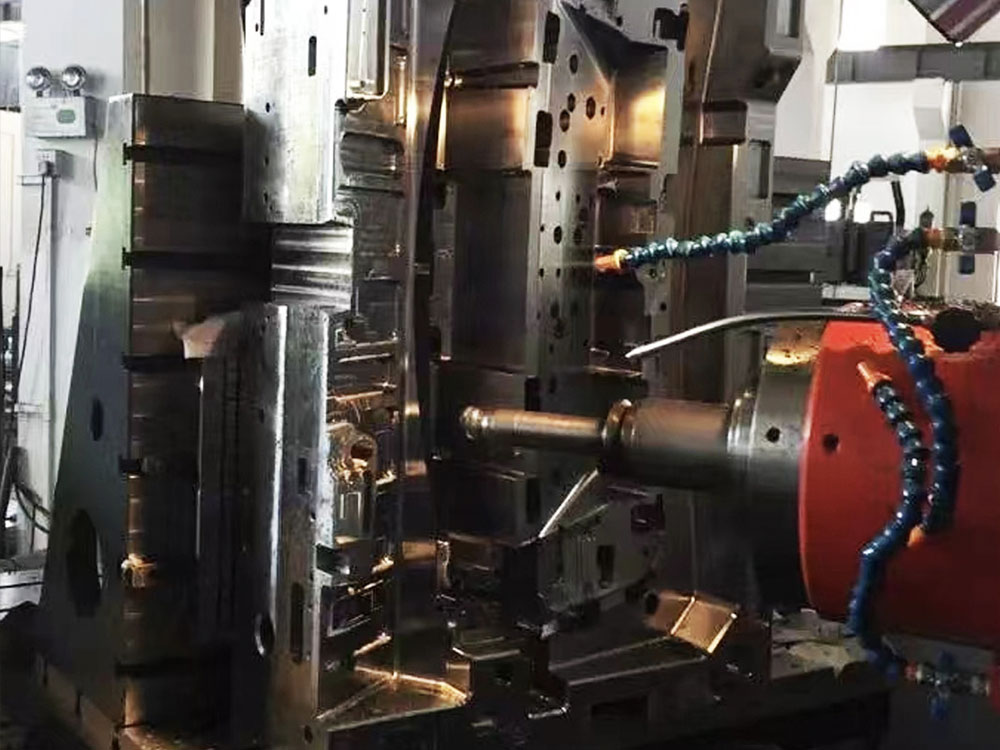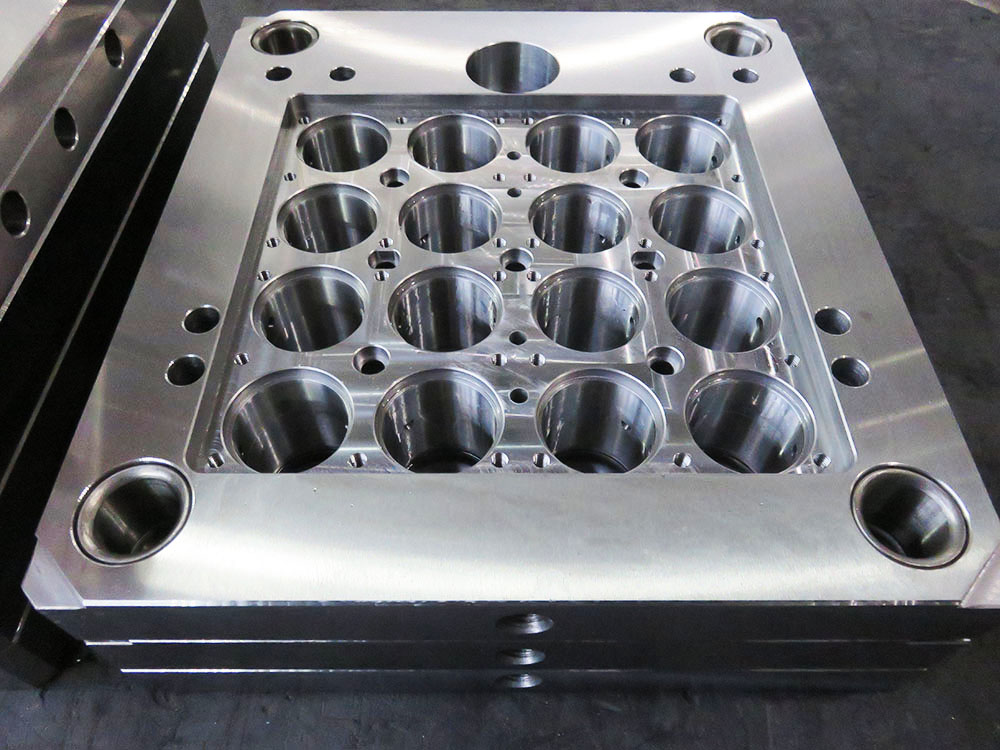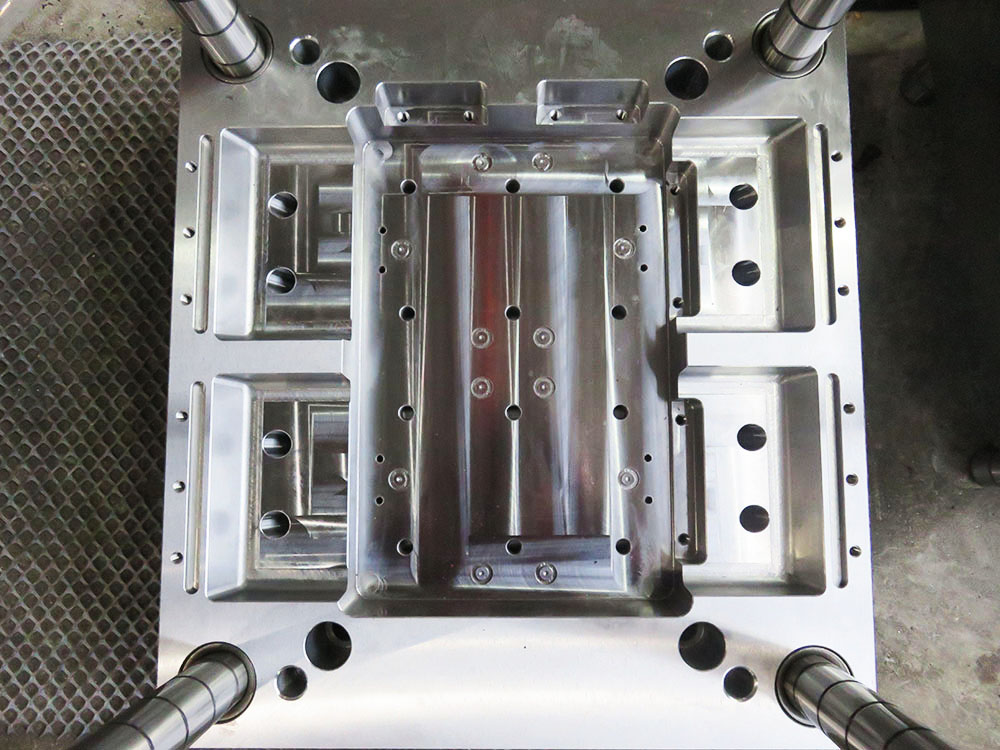Introduction to the Mold Base Industry
The mold base industry plays a crucial role in the manufacturing sector, providing essential components for various industries such as automotive, electronics, and consumer goods. Mold bases are the foundation upon which molds are built, ensuring precise and efficient production of plastic and metal parts. In this article, we will explore the step-by-step process of creating a UG standard stamping tool frame, a common type of mold base used in the industry.
Step 1: Designing the Stamping Tool Frame
The first step in creating a UG standard stamping tool frame is designing the tool frame itself. This stage involves understanding the specific requirements of the client, the types of parts to be manufactured, and the desired production rate. Using CAD software such as Siemens NX or CATIA, the design team will create a 3D model of the stamping tool frame, taking into account factors such as material selection, part geometry, and cooling system design.
Step 2: Material Selection
Once the design is finalized, the next step is to select the appropriate materials for the stamping tool frame. Typically, the mold base industry uses high-quality tool steels such as P20 or H13 for the construction of stamping tool frames. These steels offer excellent strength, hardness, and wear resistance properties, ensuring long-lasting performance under high production loads. Careful consideration must also be given to factors such as thermal conductivity and corrosion resistance to optimize the performance and durability of the tool frame.
Step 3: CNC Machining
With the design and material selection complete, the construction of the stamping tool frame begins with CNC machining. Computer Numerical Control (CNC) machines are used to precisely shape and carve the raw steel blocks into the desired dimensions and features. CNC machining ensures accuracy and consistency, allowing for tight tolerances, intricate details, and smooth surface finishes. It is essential to have skilled operators and advanced machinery to achieve the desired quality and precision in the stamping tool frame.
Step 4: Heat Treatment
After the CNC machining process, the stamping tool frame undergoes heat treatment to enhance its mechanical properties. Heat treatment involves heating the steel to specific temperatures and then rapidly cooling it to achieve the desired hardness and toughness. The most common heat treatment processes for mold base industry include quenching and tempering. Quenching involves rapid cooling to increase hardness, while tempering follows to reduce brittleness and improve toughness. This process ensures that the stamping tool frame can withstand the high pressures and stresses during production.
Step 5: Surface Treatment
Once the stamping tool frame has been heat treated, surface treatment processes are applied to enhance its performance and durability. Surface treatments such as nitriding, nickel plating, or chrome plating are commonly used to improve wear resistance, corrosion resistance, and overall tool life. These treatments create a hard, protective layer on the surface of the tool frame, ensuring longevity and efficient production.
Step 6: Assembly and Quality Control
The final step in creating a UG standard stamping tool frame is the assembly process. Skilled craftsmen and technicians carefully fit all components and parts together, ensuring proper alignment and functionality. The tool frame is thoroughly inspected for any defects or issues that may affect its performance. Quality control measures, such as dimensional checks, surface finish inspections, and hardness tests, are carried out to guarantee the highest standards of quality and precision in the finished stamping tool frame. Any necessary adjustments or modifications are made at this stage to ensure optimal performance.
Conclusion
The mold base industry plays a vital role in the production of plastic and metal parts. Creating a UG standard stamping tool frame involves a meticulous process that includes design, material selection, CNC machining, heat treatment, surface treatment, assembly, and quality control. Each step contributes to the production of a high-quality, durable, and efficient tool frame that meets the specific needs of the client and ensures smooth, precise, and cost-effective production in various industries.




